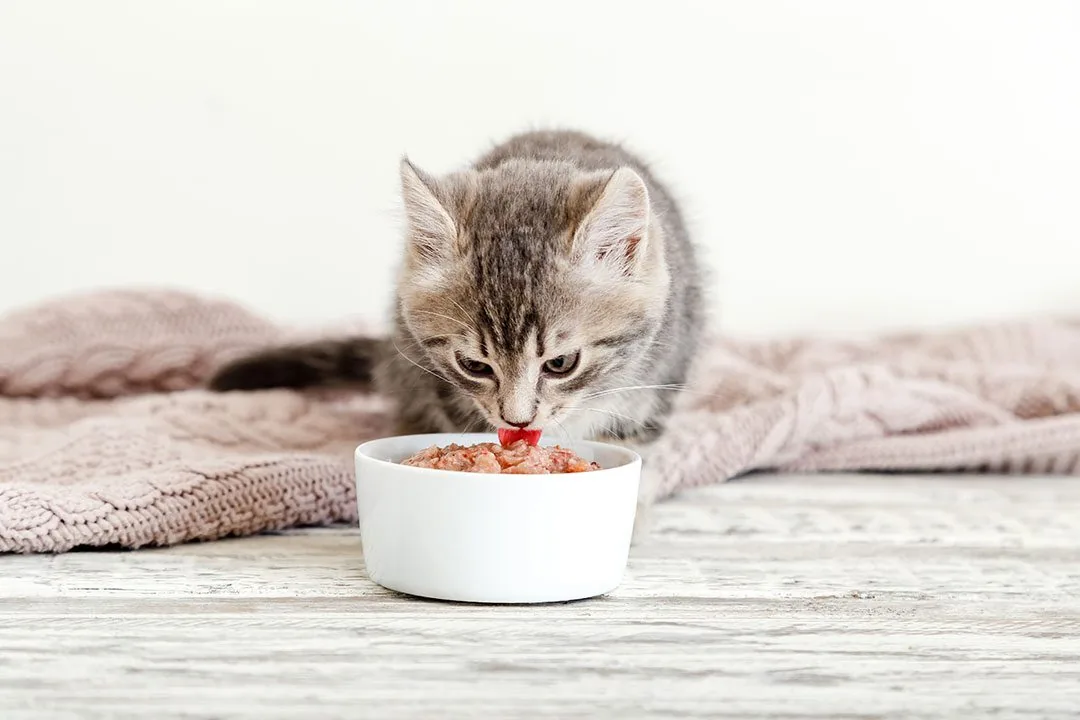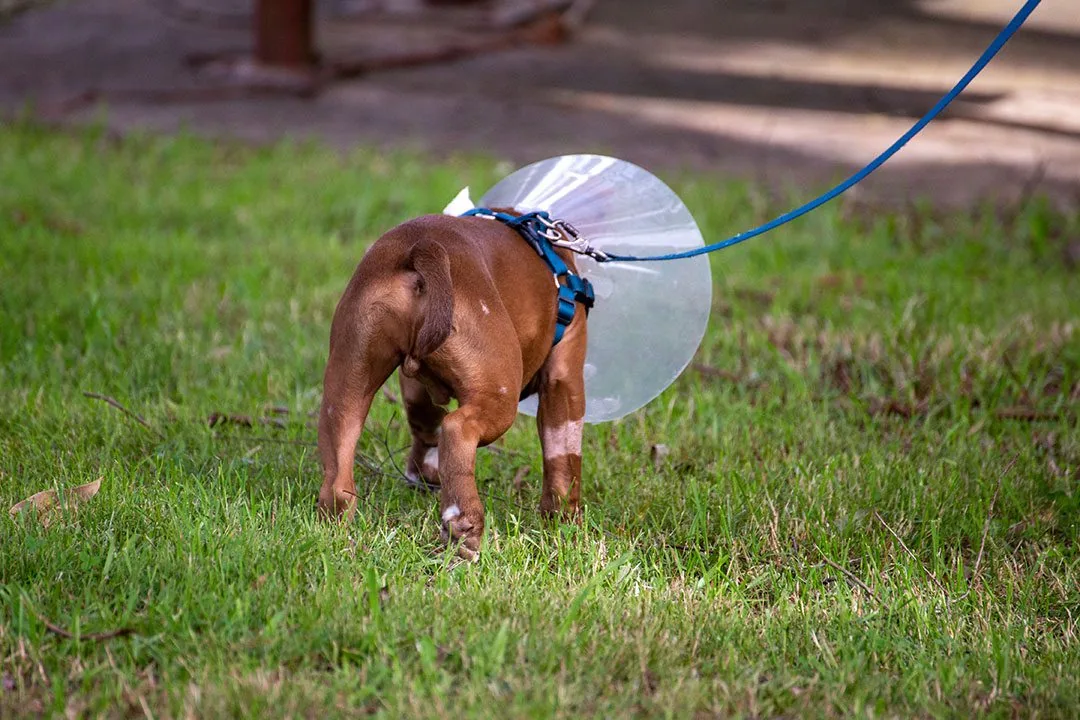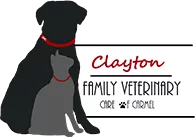Providing Post Operative Instructions
At Clayton Family Veterinary Care, we treat every patient as if they are our own. This is especially true when your pet has surgery at our animal hospital. We ensure your pet is well taken care of, with their safety and well-being as our top priority. In addition to continuous monitoring throughout their surgery, our team will provide post operative instructions to help ensure your pet has a smooth and successful recovery. Below are some of the scenarios you may encounter with your pet post-operation.
If you have any post-op questions or concerns about your pet’s recovery, please call us at (317) 218-3142.
Activity Levels Post-Surgery
Following surgery, keep your pet indoors in a warm, quiet room for 24 to 36 hours. Activity must be minimal for 10-14 days after surgery, as running, jumping and wrestling with other pets or children can cause damage to the incision. We recommend leash walking.
Managing Your Pet’s Post-Op Pain
Pets may experience some discomfort or soreness for 24 to 36 hours following surgery. We will send home medications to help with pain and keeping calm, please follow the instructions given to you by the veterinarian on the packaging of the medication. If you have any questions, please call the clinic immediately at (317) 218-3142. Do NOT give aspirin, Tylenol, or any human pain medications to your pet.


Monitoring the Incision Site
Check your pet’s incision daily for swelling, bleeding, discharge, or wound opening. Some of these symptoms are expected and are not cause for alarm, but if it seems excessive, please call the clinic at (317) 218-3142. Keep your pet clean and dry for 10-14 days after surgery. Do not wash or clean the incision, as this may introduce infection. Bathing your pet is prohibited for at least 14 days after surgery.
How to Prevent Licking of the Incision Line
Discourage your pet from licking or biting at the incision line. We encourage the use of an Elizabethan collar or surgical suit to prevent damage to the incision. Fixing the damage a pet does to the incision will be done at the owner’s expense.
Stitches
Your pet may have buried stitches, also known as sutures, under their outer layer of skin. Your pet may also have metal staples. Please make an appointment to return to the office for removal with a Technician in 10-14 days.

Offering Food and Water Post-Operation
You may offer water and small amounts of food to your pet the evening of the surgery, but do not allow your pet to gorge, as this may cause vomiting. Resume normal feeding the day after surgery. Vomiting, depression or lack of appetite is normal following surgery, but after 24 hours, any of these continued symptoms may indicate a deeper problem. In this situation, you may call the clinic during business hours at (317) 218-3142.
Urinating and Defecating After Surgery
Your pet should still be urinating even if it is not eating. It is important to verify that your dog or cat is urinating. If you have more than one cat, you must watch the litter box to assure your cat is urinating. Anesthesia may cause diarrhea or constipation for a day or two, but if your pet does not defecate normally within two days, please contact us.

After-Hours Emergencies
Please see our after hour referrals if your pet experiences an emergency outside of business hours.
